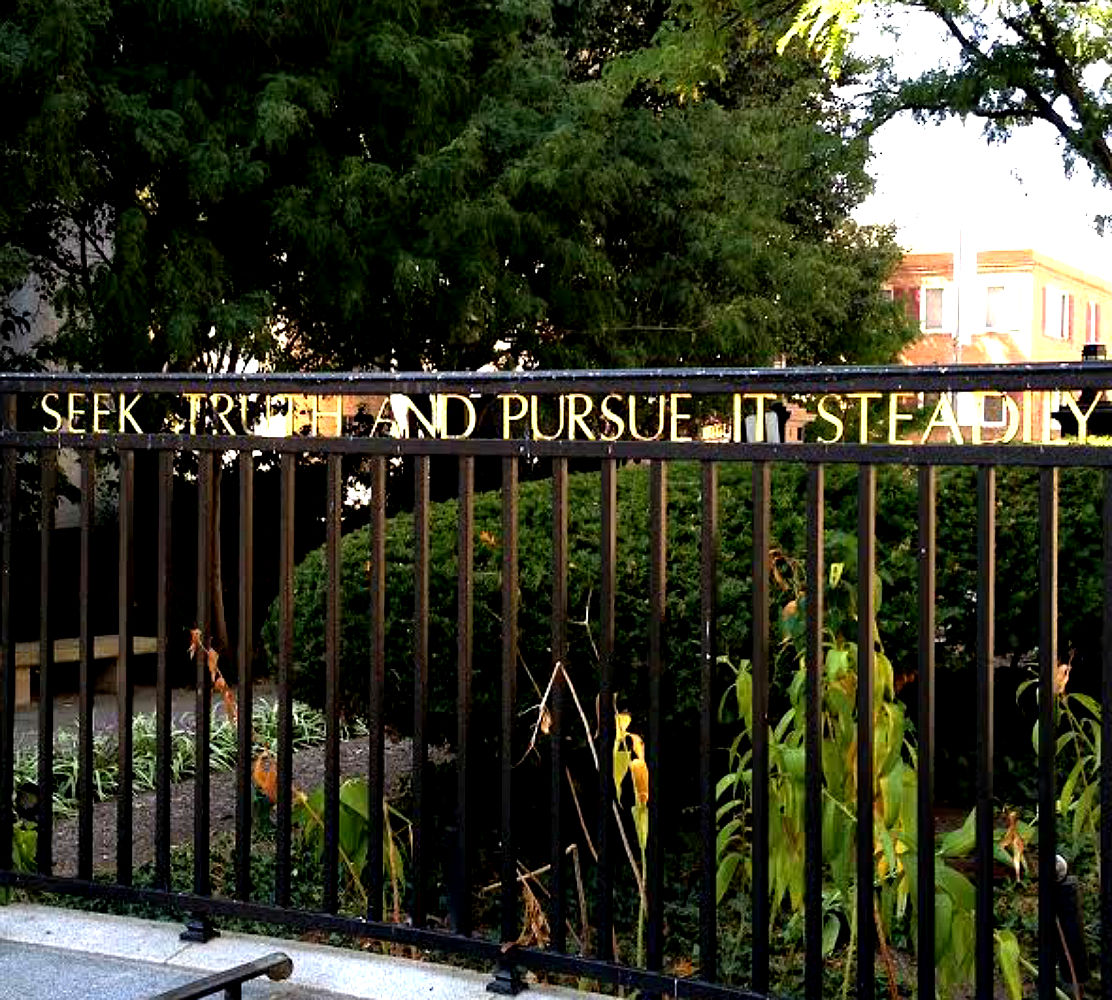“Communication Breakdown, It’s always the same, I’m having a nervous breakdown, Drive me insane!” – Communication Breakdown, Led Zeppelin
“Oh why can’t we talk again? Don’t leave me hanging on the telephone!” – Hanging on the Telephone, Blondie
I honestly don’t know how they did it, how doctors practiced and communicated effectively in the days before our modern technology, with computers, pagers, and cell phones (not to mention laptops, iPads and tablets, and smart phones), but they did. All of these have been a ubiquitous presence my entire practice career; each has insinuated itself rapidly and completely into the lives and practices of physicians. I think most physicians would feel lost or disoriented trying to practice without all of this technology today (well, maybe not pagers, which are phasing out rapidly as cell phones and smart phones leave fewer gaps in coverage).
There are so many ways to be in touch and in communication today, making us available at any time, in any place, limited only by the reach of our devices.
It certainly feels as if physicians live their lives constantly plugged in and available, all of our devices turned on even if we are off. We feel as if no time or place is sacred or spared, and must make it clear to others and arrange those times when we must be free from interruption. Even then, there is a barrage of communication that awaits us when we plug back in. There is an expectation of constant and uninterrupted availability. There is anxiety when the communication fails — a dead battery, or poor signal when we thought we were in a place with coverage — only alleviated when we are once more connected.
So with all of this ability to communicate, all of this technology, our electronic leashes keeping us tethered, why aren’t we communicating with each other? Why is our communication so ineffective?
It is an interesting and unfortunate paradox that even as we are so much more plugged in and connected, that the quantity and quality of communication between physicians has markedly declined and has become largely indirect and passive. So while we feel constantly interrupted, it is rarely by a colleague. Messages and notes in the inbox, both paper and electronic; phone calls from third parties, the clerks and nurses passing on the order or the consult request, often coming to us through another layer of our own staff. A great big game of “Post Office”, but with much higher stakes.
Communication in medical care is central to what we do, and critically important. Breakdown in communication weakens the relationships among physicians and other health care providers. Even more importantly, poor communication breaks down patient care. In many case reviews involving the quality and peer review process, breakdown in communication is often an important factor playing into the events that lead to patient complaint or adverse outcomes.
I have had many experiences like this, on a typical day rounding. I’ll be on the hospital unit sitting next to a physician, and we greet and acknowledge each other, even making small talk while we work on our charts. Then, several hours later I get a call from the nurse or unit clerk, passing on a query or consult request from that very doctor. I find out that that was what they were writing in the chart, next to me, hours earlier. Direct contact was fine for small talk, but that doctor chose passive and indirect contact regarding important patient care. I would frame this as poor, if not ineffective, communication.
There is a valid and accurate impression that doctors are practicing “straight out”—running from patient to patient to meeting to procedure and back again in schedules overbooked and overwhelming. One tiny perturbation in the schedule can throw it all off. So there is reluctance to make a call, reluctance to interrupt, little time to take a call, so we make do. We make do with the cumbersome electronic notes that bury the details, the third party messages, the indirect communication.
We no longer frequent the doctor’s lounge; it is like a ghost town. The primary care providers no longer (or rarely) come to the hospital, consultants breeze in and out, and some physicians practice virtually or off-site. One can practice with physicians for years without meeting them face-to-face. We have disconnected from the physical, brick-and-mortar center of our physician world, and it seems that we have similarly disconnected from each other.
We now enjoy so many more ways to connect, and remain connected. We have the technology, if we only could and would use it to actually communicate directly. So that we can get back to the culture of active, not passive, communication. We must slow down and take a minute—or five— to communicate. We just might find out that we have the time after all, once we begin avoiding duplicate or unnecessary testing and imaging, needless consultations. We can then allow our consultants to address concerns in a focused and efficient manner; they can then communicate back succinct findings, a clear plan. We can create the space to truly collaborate on patient care, with the give and take that that implies, avoiding care plans that are disjointed or run at crossed purposes. We might find that by taking time, we make time. We may have more time for our patients, more time for ourselves. Care provided more timely, efficiently, effectively, and even less costly.
We may even find that we renew our sense of collegiality, our professional bond. We can avoid making this paradox in physican communication into an oxymoron.
Well, a girl can always dream. So, call me.


Hey there, Dr Kathy: I’m coming to realize that the greatest challenge of our generation is information overload. It is simultaneously a blessing and a curse. It is also job security – for it is only individuals that are highly trained and highly experienced at filtering all these truckloads of information that will be able to extract sanity out of all this chaos. The pencil pushers inject complexity, technology and electricity into what we do, and to make it all more sophisticated, they insist on calling us “health care providers,” but when my patients hear my name, they still say, “that’s MY DOCTOR!”
And that is why, when I’m talking to my patients (not customers, or clients, or units), I still pull out a blank piece of paper and a pencil, and draw as I explain. With my older patients in particular, any attempt to shove things at them that require electrical current to function is met with furrowed brows and skepticism. “Just keep it simple, doc. Just tell me what I need to know.” And they are thankful when I do.
I am confident that the essence of what it means to be a doctor will survive this permutation of the world of medicine. A rose by any other name would smell as sweet: and patients will always seek out their doctors.
Oh, and by the way: it feels great to turn off the devices. You can do it. (Try it sometime.)
I guess I am just glass half empty.
I personally believe that we, as a profession, have never been good communicators, and technology is just magnifying this pre-existing condition.
Kris, Hi again! You have been busy tonight!
I think communication is important in medicine, and there are so many places and ways we communicate. Some doctors are better communicators than others, and some shine in certain areas or venues more than others.
Here, where I am higlighting the physician-physician communication, I have percieved a gradual “culture shift” towards ever more passive and indirect means. This certainly varies from place to place, and some places are more pronounced than others, but the drift is there. Some doctors have not succumbed, and are excellent communicators; we can acknowledge and emulate them.
Technology certainly magnifies this, as you say, definitely shines a light on it. But I think also that same technology can provide the solution, if there is a will. I am hoping to inspire that will, at least a little.
Anyway, you know, the first step is admitting that there is a problem…
No one knows how to communicate thoughts and feelings any more. You can have 20 ways to talk but without meaning and relationship, it means squat.